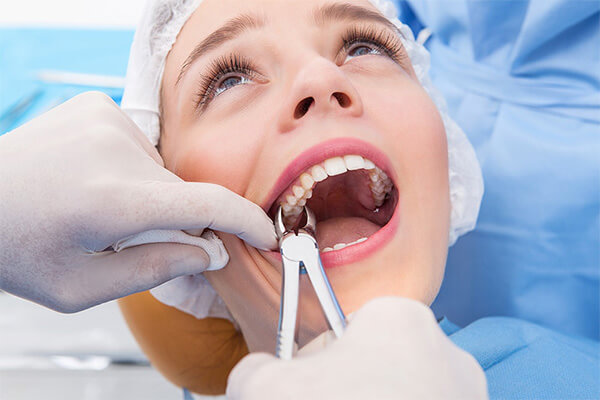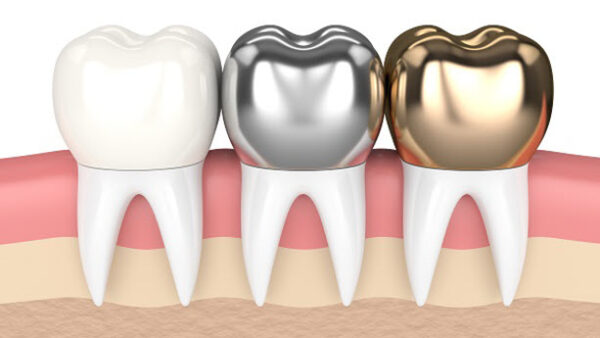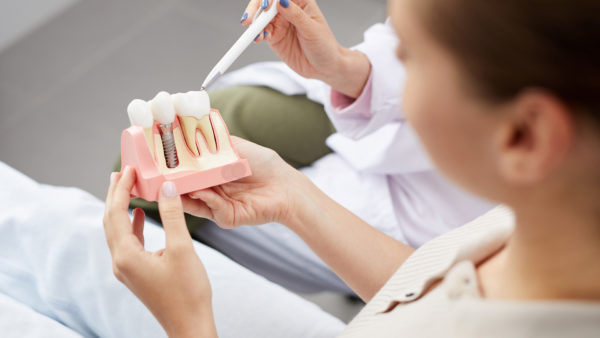At Pascack Dental Arts, we understand that the idea of having a tooth extracted can be daunting. However, it is sometimes a necessary step to ensure your oral health. Understanding the differences between simple and surgical tooth extractions can help ease your concerns and prepare you for what to expect. Below, we aim to provide you with all the information you need to understand these procedures.
Understanding Tooth Extractions
Tooth extractions are dental procedures where a tooth is removed from its socket in the bone. They are performed for various reasons, including severe tooth decay, periodontal disease, or dental trauma. There are two main types of tooth extractions: simple and surgical.
Simple Tooth Extractions
What is a Simple Tooth Extraction?
A simple tooth extraction is a procedure performed on a tooth that is visible in the mouth. This type of extraction is relatively straightforward and is usually performed by a general dentist. Simple extractions are commonly performed on teeth that are damaged beyond repair, decayed, or causing overcrowding.
The Procedure
The procedure for a simple tooth extraction involves several steps:
- Anesthesia: Local anesthesia is administered to numb the area around the tooth. This ensures that the patient feels no pain during the procedure.
- Loosening the Tooth: The dentist uses an elevator tool to gently loosen the tooth from its socket.
- Removing the Tooth: Once the tooth is loose enough, the dentist uses forceps to carefully extract the tooth from the socket.
Recovery and Aftercare
Recovery from a simple tooth extraction is typically quick and involves minimal discomfort. Here are some aftercare tips to ensure a smooth recovery:
- Rest: Take it easy for the first 24 hours after the extraction. Avoid strenuous activities that could increase blood flow to the extraction site.
- Gauze: Bite down on a gauze pad for 30-45 minutes immediately after the procedure to help control bleeding.
- Ice Packs: Apply an ice pack to the outside of your cheek to reduce swelling.
- Pain Management: Over-the-counter pain relievers can help manage any discomfort. Your dentist may also prescribe medication if necessary.
- Oral Hygiene: Avoid brushing the extraction site directly for the first 24 hours. After that, gently rinse your mouth with warm salt water to keep the area clean.
Surgical Tooth Extractions
What is a Surgical Tooth Extraction?
A surgical tooth extraction is a more complex procedure used to remove teeth that are not easily accessible or visible. This type of extraction is often necessary for impacted teeth, such as wisdom teeth, or teeth that have broken off at the gum line. Surgical extractions are typically performed by an oral surgeon.
The Procedure
The procedure for a surgical tooth extraction involves several steps:
- Anesthesia: Local anesthesia, and sometimes sedation, is administered to ensure the patient is comfortable and pain-free during the procedure.
- Incision: The oral surgeon makes an incision in the gum tissue to expose the tooth and bone.
- Bone Removal: In some cases, a small amount of bone around the tooth may need to be removed to access the tooth.
- Sectioning the Tooth: The tooth may be divided into smaller pieces to facilitate easier removal.
- Removing the Tooth: The tooth is carefully removed from the socket.
- Stitches: The incision site may be closed with stitches to promote healing.
Recovery and Aftercare
Recovery from a surgical tooth extraction is generally more involved than a simple extraction. Here are some tips for a smooth recovery:
- Rest: Rest for the first 48 hours after the procedure and avoid strenuous activities.
- Gauze: Bite down on a gauze pad to help control bleeding. Change the gauze as needed.
- Ice Packs: Apply ice packs to the outside of your cheek in 20-minute intervals to reduce swelling.
- Pain Management: Take prescribed pain medications as directed by your oral surgeon. Over-the-counter pain relievers can also be used.
- Oral Hygiene: Avoid brushing the surgical site directly for the first few days. Rinse your mouth gently with warm salt water to keep the area clean.
- Diet: Stick to a soft food diet for the first few days and avoid hot, spicy, or crunchy foods that could irritate the extraction site.
- Follow-Up: Attend any follow-up appointments scheduled by your oral surgeon to monitor healing and address any concerns.
Comparing Simple and Surgical Extractions
Complexity and Invasiveness
- Simple Extractions: Less complex and involve removing teeth that are visible and easily accessible. The procedure is usually quicker and less invasive.
- Surgical Extractions: More complex and involve teeth that are not easily accessible, such as impacted teeth or teeth broken at the gum line. The procedure is more invasive and requires a higher level of expertise.
Recovery Time
- Simple Extractions: Typically have a shorter recovery time with minimal discomfort.
- Surgical Extractions: Require a longer recovery period with more post-operative care to manage swelling and pain.
Anesthesia
- Simple Extractions: Usually performed under local anesthesia.
- Surgical Extractions: Often require local anesthesia along with sedation to ensure patient comfort.
FAQs About Tooth Extractions
1. What is the difference between simple and surgical tooth extractions?
- Simple extractions involve removing teeth that are visible and easily accessible. Surgical extractions are more complex, involving teeth that are not easily accessible, such as impacted teeth.
2. How do I know which type of extraction I need?
- Your dentist will assess your situation through an examination and X-rays. They will recommend the appropriate type of extraction based on the tooth’s position, condition, and surrounding structures.
3. Is the recovery process different for each type of extraction?
- Yes, recovery from simple extractions is typically quicker and involves less discomfort. Surgical extractions require more time to heal and involve more significant post-operative care.
4. What can I expect during the recovery period?
- For both types of extractions, it is important to follow your dentist’s post-operative care instructions. This includes taking prescribed medications, applying ice packs to reduce swelling, and avoiding certain foods and activities.
5. Will I need someone to drive me home after the procedure?
- For simple extractions with local anesthesia, you can typically drive yourself home. For surgical extractions involving sedation, you will need someone to drive you home.
6. How can I manage pain after a tooth extraction?
- Over-the-counter pain relievers and prescribed medications can help manage pain. Following your dentist’s care instructions, such as rinsing with salt water and avoiding certain activities, will also aid in a smooth recovery.
7. Are there risks associated with tooth extractions?
- As with any medical procedure, there are risks involved. These can include infection, dry socket, and damage to surrounding teeth or nerves. Your dentist will discuss these risks with you before the procedure.
At Pascack Dental Arts, we are committed to ensuring your comfort and providing the highest quality care throughout the extraction process. If you have any further questions or need to schedule an appointment, please don’t hesitate to contact us. Your dental health is our top priority!





Leave a Reply